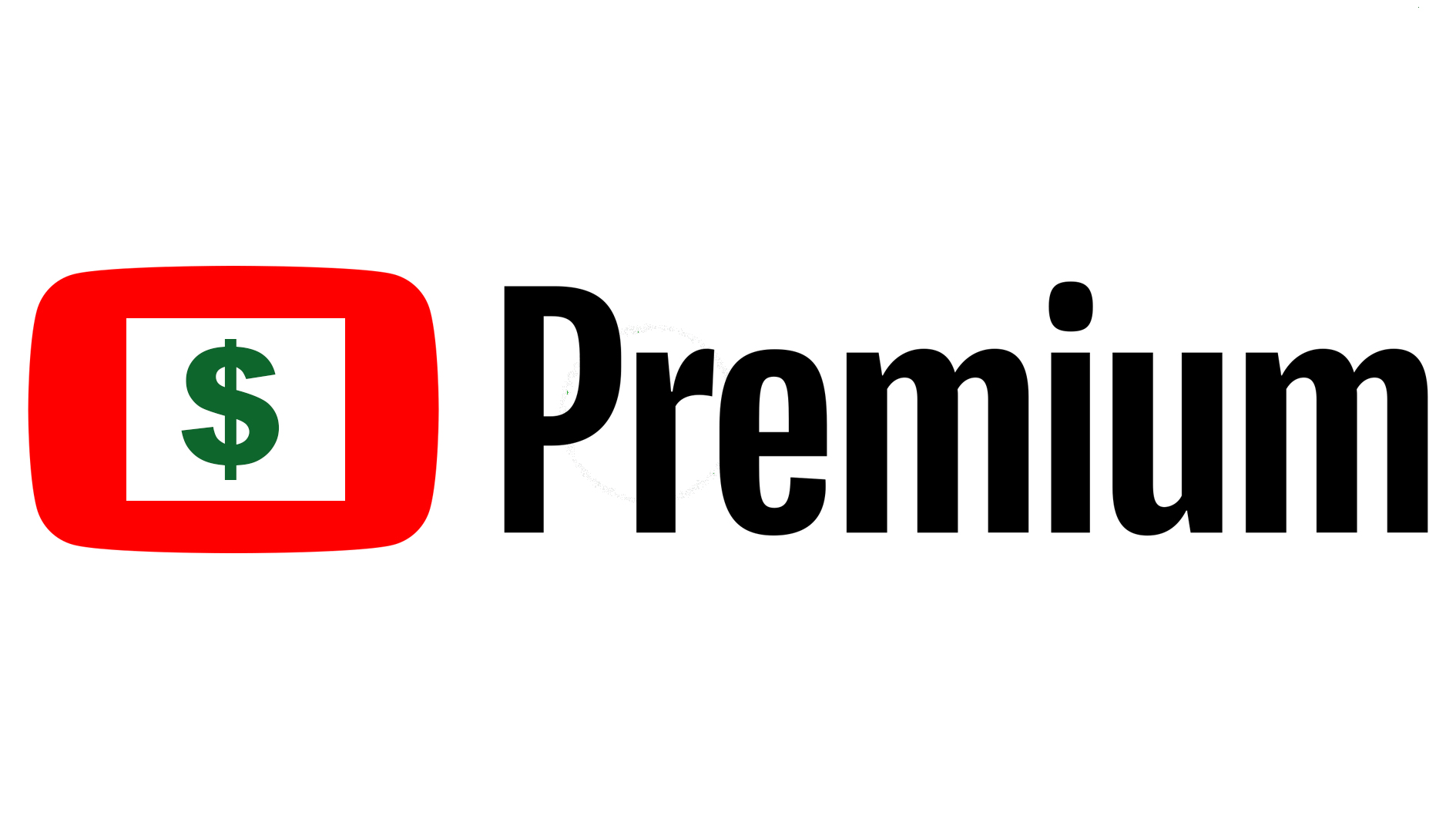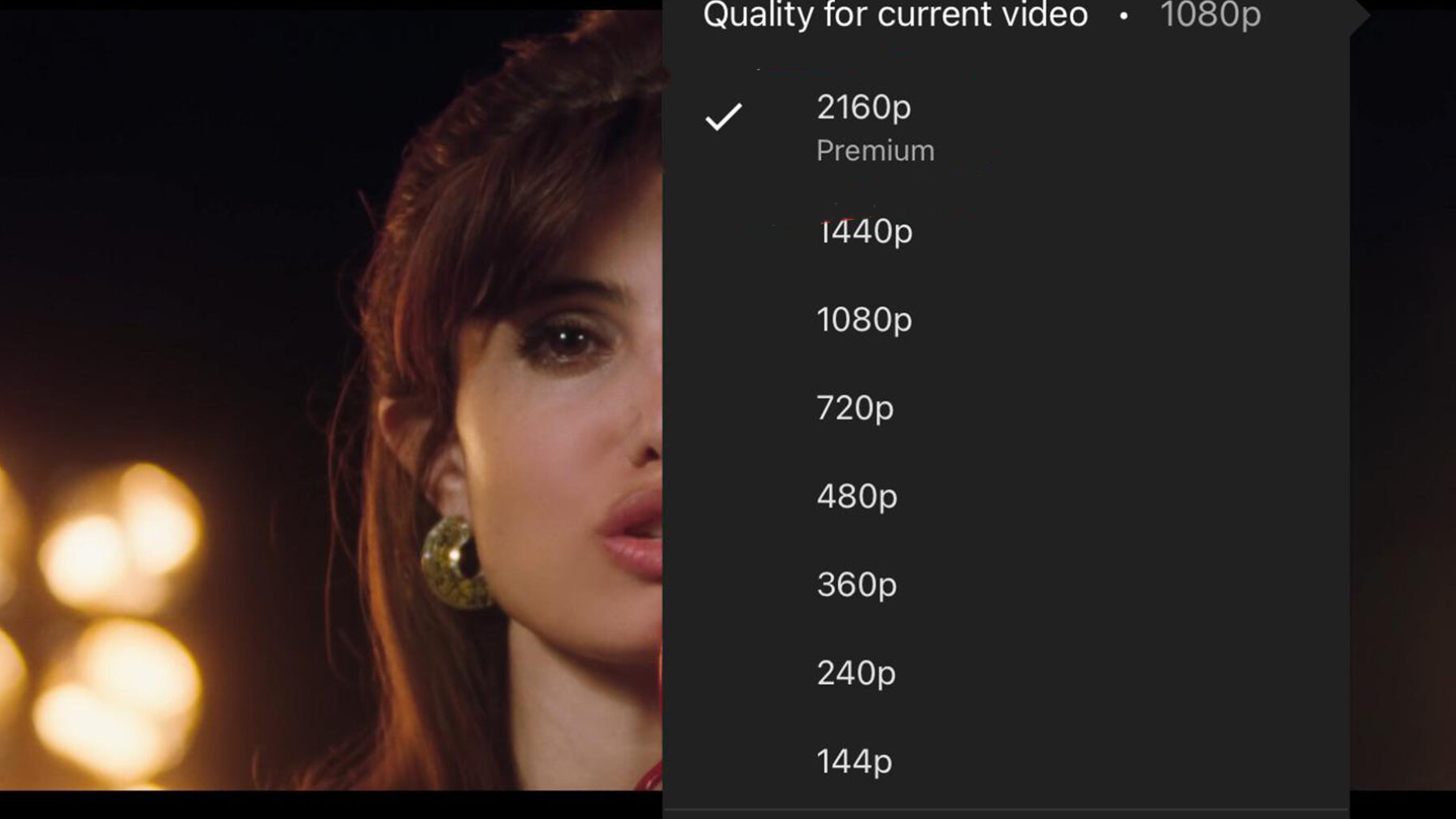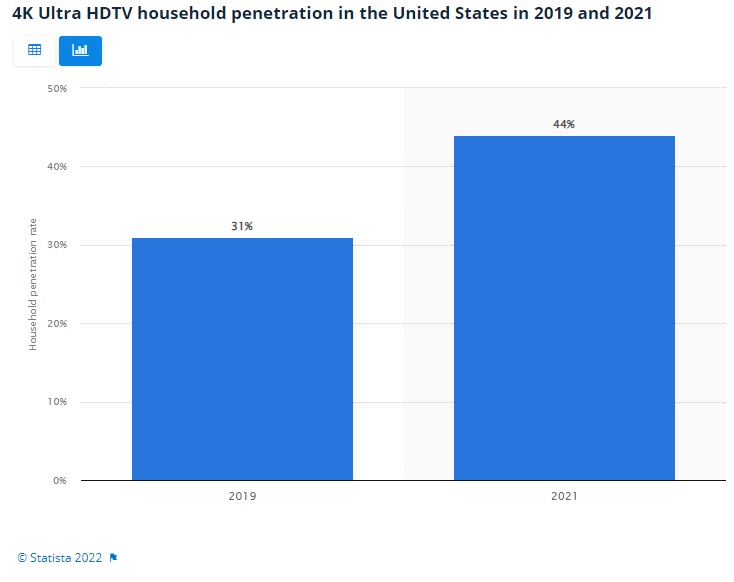Why I think YouTube SHOULD charge for 4K
Why paying for 4K videos on YouTube could benefit YouTube creators and videographers in the long run

If you're a keen photographer or filmmaker and you want to learn something new, the odds are that you go right to YouTube to solve an issue you have in your day-to-day life. Whether you want to get the best out of your camera or learn how to create that cool video transition you just saw in a film, odds are there is a YouTube video about it.
Many video tutorials come from content creators and personalities on the platform – your favorite YouTubers – and that is where the discussion starts. Should YouTube charge to be able to view 4K content? I think yes, but let me explain why.
Above: the first-ever YouTube video
YouTube was created in 2005 as a web video-sharing service, and back then the highest quality video was 240p, with a 3:2 ratio or square format. The first-ever video uploaded to the platform was by YouTube's co-founder Jawed Karim who posted an 18-second video, titled “Me at the zoo.” – as you can see above.
One year after that video was taken Karim and fellow co-founders sold the platform to Google for a massive $1.65 billion - and that's when this video service really started to get some traction with many using it as a way to share their homemade videos within family far and wide. In 2005, online video was still in its very early stages and how not highly accessible as it is today, fast forward over a decade and now 4K video is available on every single flagship smartphone, some even off 8K, while YouTube the humble video platform has become a place were creatives make money, and TV-style productions are made - without the vast overhead of broadcasting fees.
With everyone being able to upload videos to YouTube like never before– thanks to the best cameras for vlogging and the best YouTube cameras – Google needs to start charging for 4K content and over. This might seem like a tall order but think about it, Google has been storing all your awful old homemade videos for years, only for half the users to forget their passwords and make new accounts, to carry on doing the same, while others have taken to the platform and are making a very good living off the site and uploading 4K content and above, known Tech YouTuber Marques Brownlee, also known as MKBHD and many others even load their content in 8K for future prosperity. However, there comes a time when simply allowing all this data to be stored and viewed for free takes its toll.
YouTube has 2.1 billion monthly active users, with 122 Million users per day - they could even turn a third of those into paying users of the platform, and in turn, the creators on it would benefit hugely. Currently, YouTube Premium is priced at $11.99 / £11.99 a month and allows you access you all content across the site ad-free, while also being able to watch YouTube Original productions, download content for offline watching, and have content continue to play in the background.
Get the Digital Camera World Newsletter
The best camera deals, reviews, product advice, and unmissable photography news, direct to your inbox!
However, recently there was an uproar within the community when YouTube started testing putting 4K content behind the YouTube Premium paywall.

This was then later halted due to the vast majority of the YouTube community taking to social media demanding YouTube give back the right for its viewer to watch 4K content for free. This is where I say, keep it behind the paywall. 4K might be the new normal with every phone and tablet able to record in 4K or higher, but the vast majority do not have a 4K device to watch it on (unless you've got the best 4K monitor, of course).
According to Statista as of March 2021 around 44 percent of TVs in US households were 4K capable, compared to 31 percent in 2019.

While the above might seem a high figure, that still leaves 27,768,000 homes throughout the US not able to watch 4K content, while mobile devices such as phones and tables are automatically pre-set to watch videos to 480p, unless users changed the desired video output setting - most might not even know they are not even watching HD content.
To cut a long argument short, we are far away from 4K becoming a common codec being viewed within our homes, although-ever increasing it is still a long way away from phasing out 1080p viewing and lower. Therefore, if you are one of the 44 percent that has a 4K capable TV, that enjoys watching YouTube, then I think you should pay for 4K viewing, and for those that do not agree, you are already paying extra for 4K.
Want to watch everything in 4K over wifi, you will have to pay extra for high-speed internet, want to watch all your favorite TV programs on Sky in 4K, you'll have to pay more for that. Want to download a film and watch it in 4K, you're going to pay more for that too, So in essence you are already paying for your 4K usage, so why not agree to pay $11.99 a month to watch YouTube in 4K, which in turn will help not just Google but, it will, in turn, benefit YouTube creators down the line too.
You might also like the best camera for streaming and the best camera for TikTok.

For nearly two decades Sebastian's work has been published internationally. Originally specializing in Equestrianism, his visuals have been used by the leading names in the equestrian industry such as The Fédération Equestre Internationale (FEI), The Jockey Club, Horse & Hound, and many more for various advertising campaigns, books, and pre/post-event highlights.
He is a Fellow of the Royal Society of Arts, holds a Foundation Degree in Equitation Science, and holds a Master of Arts in Publishing. He is a member of Nikon NPS and has been a Nikon user since his film days using a Nikon F5. He saw the digital transition with Nikon's D series cameras and is still, to this day, the youngest member to be elected into BEWA, the British Equestrian Writers' Association.
He is familiar with and shows great interest in 35mm, medium, and large-format photography, using products by Leica, Phase One, Hasselblad, Alpa, and Sinar. Sebastian has also used many cinema cameras from Sony, RED, ARRI, and everything in between. He now spends his spare time using his trusted Leica M-E or Leica M2, shooting Street/Documentary photography as he sees it, usually in Black and White.
